Some protected bike lanes leave cyclists vulnerable to injury
August 15, 2019
Bike lanes separated from the roadway by physical barriers make cyclists feel safer and encourage more people to ride. But a new IIHS study shows that protected bike lanes vary in terms of injury risk. Factors such as the number of driveways or alleys intersecting the lanes and whether the lanes are one- or two-direction affect the likelihood of a crash or fall.
Sometimes called cycle tracks or separated bike lanes, protected bike lanes are separated from vehicle traffic by a physical barrier such as parked cars, a curb, landscaping or posts. Little research has been done on the safety effects of protected bike lanes, which are relatively new in the U.S. but are gaining popularity. Studies of conventional bike lanes — those separated from traffic by painted lane markings but without physical barriers — have had inconsistent results.
Cycling has become more popular among adults in recent years, with many cities actively encouraging it as an alternative to driving. At the same time, safety is a growing concern. Although bicyclists represent only about 2 percent of road fatalities, bicyclist deaths have increased 25 percent since reaching their lowest point in 2010. A total of 777 bicyclists were killed in crashes with motor vehicles in 2017.
For the new study, IIHS collaborated with George Washington University, Oregon Health and Science University and New York University. The researchers used what is known as a case-crossover design to look at the risks associated with different types of cycling infrastructure, including protected bike lanes.
First, they interviewed bicyclists who visited emergency rooms in the District of Columbia, New York City and Portland, Oregon, after crashing or falling. After gathering information about the characteristics of the location where the crash or fall occurred, the researchers then compared the site to another, randomly selected point on the cyclist's route. A total of 604 adults were included in the study.
A crash or fall didn't have to involve a vehicle to be included in the study, and only about half did. Most of the injuries in the study were minor, and there were no fatalities.
Compared with a major road with no bike infrastructure, the risk of a crash or fall was much lower on two-way protected bike lanes on bridges or raised from the roadway — for example, within greenways. In contrast, the risk of a crash or fall on a two-way protected bike lane at street level was much higher than that of a major road.
One-way protected bike lanes differed little from major roads in terms of injury risk.
"A cyclist on a protected lane at street level is likely to encounter vehicles at intersections, driveways and alleys more often than on a protected lane enclosed within a bridge or greenway," says Jessica Cicchino, IIHS vice president for research and the lead author of the new paper. "Pedestrians also sometimes enter street-level bike lanes, which can cause cyclists to swerve and fall."
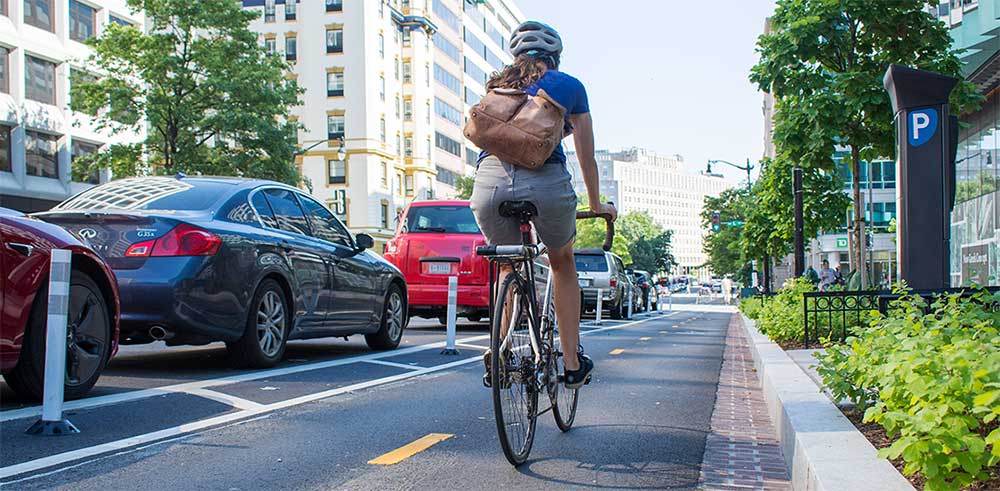
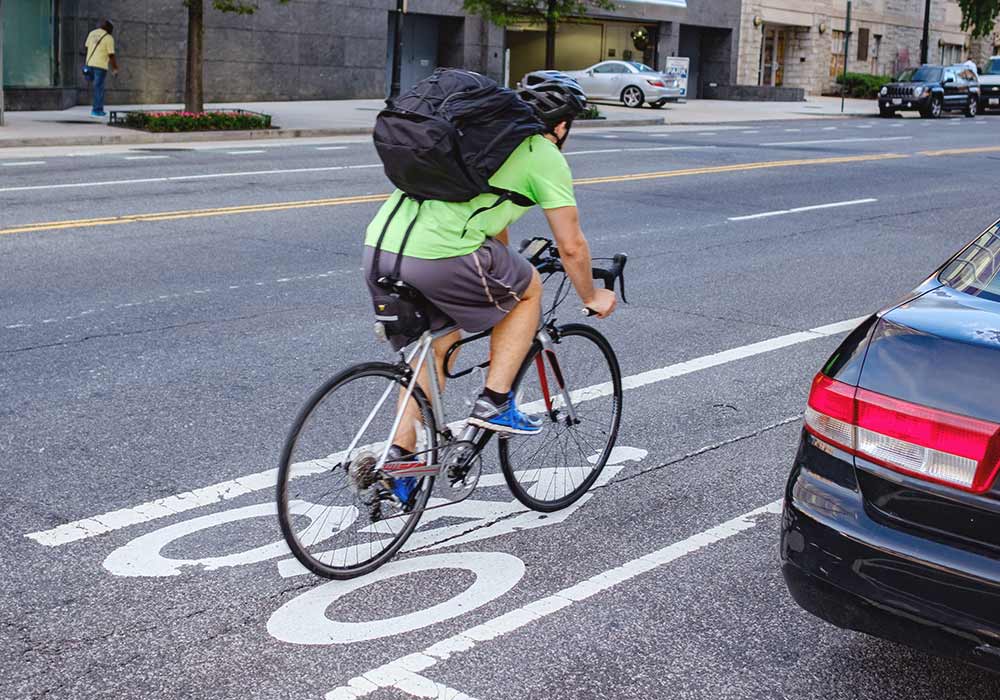
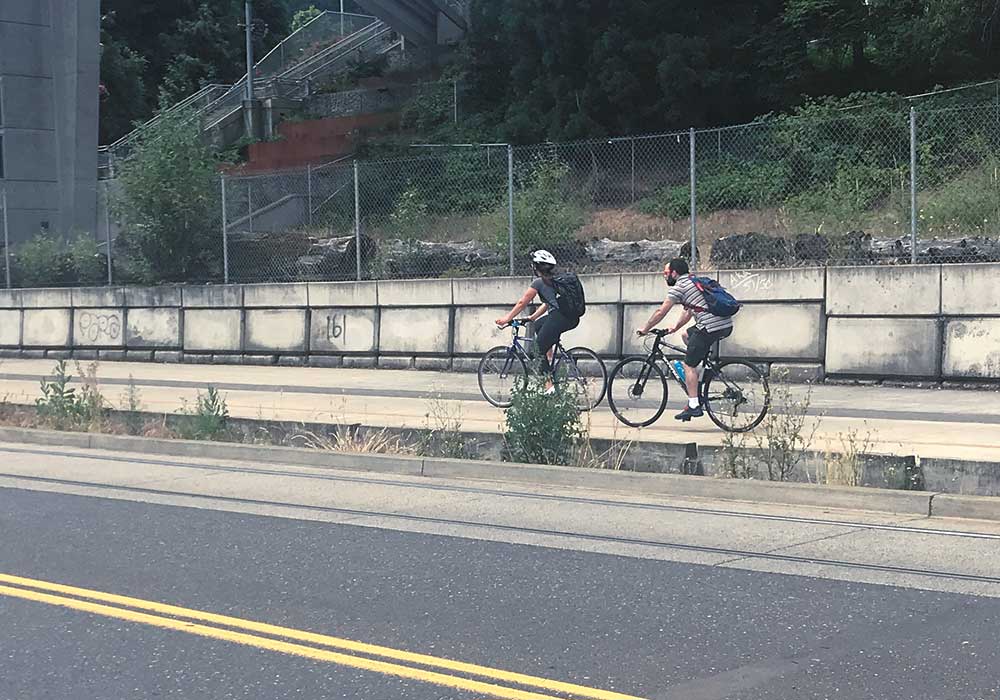
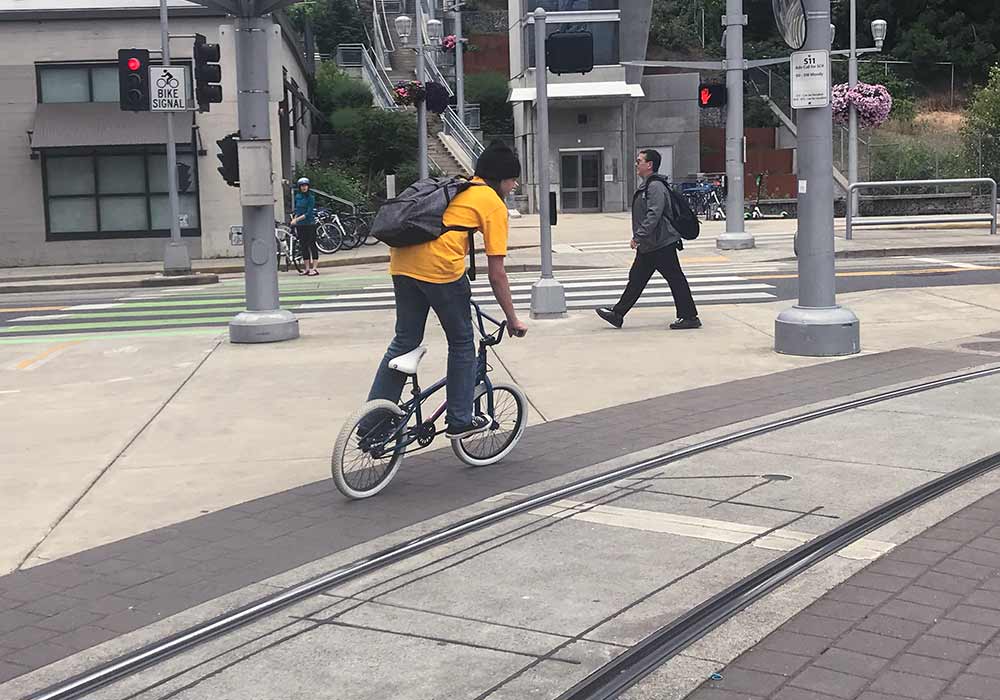
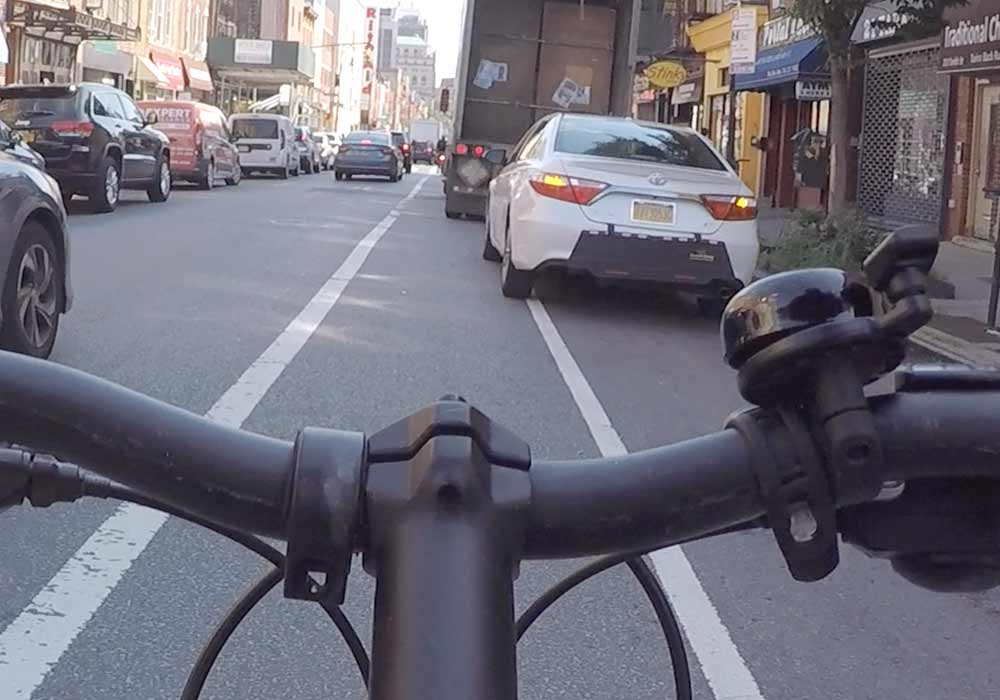
More injuries, but fewer fatalities
That said, the types of bicyclist crashes seen in street-level protected lanes weren't the type that are typically most severe. Most fatal bicyclist crashes involving motor vehicles occur midblock, while cyclists in protected bike lanes in the study collided with vehicles most often at intersections or junctions with driveways and alleys. In such cases, vehicles are usually turning and traveling slowly.
A recent study by researchers at the University of Colorado Denver and the University of New Mexico found that cities with more feet of protected bike lanes per square mile had fewer fatalities and serious injuries to all road users than other cities.
"There is evidence that protected bike lanes help prevent the worst crashes," Cicchino says. "What our study shows is that certain locations are better than others for this type of infrastructure."
A section of two-way protected bike lane along 15th Street NW in D.C. illustrates the problems that can occur with street-level lanes. The section, which is about two-thirds of a mile, had the highest injury risk of any protected bike lane in the study. The lane runs next to two-way vehicle traffic and is separated from the road by posts and parked cars and is crossed five times by other streets and four times by alleys or driveways.
The combination of busy intersections and junctions and a two-way bike lane likely contributed to the high risk at this location. Intersections and junctions at a two-way bike lane can be particularly challenging for turning drivers. They need to look for oncoming traffic as they turn and must look in both directions for bicyclists.
The paper's authors advise cities to locate protected bike lanes where there are fewer junctions if possible or to consider raised cycle crossings, which have been found to improve safety on protected bike lanes in Europe. They also suggest cities take measures to prevent pedestrians from entering bike lanes.
Other bike routes
Among all types of cycling routes looked at in the paper, local roads had the lowest risk of a crash or fall.
Conventional bike lanes also had a lower risk in the study than major roads. The risk was higher, however, at intersections.
It's not clear why protected bike lanes would be more dangerous than conventional bike lanes, but it may have to do with the locations cities choose for protected lanes.
"Typically, protected lanes are installed on busy roads that pose more of a risk to cyclists in the first place," Cicchino says. "Our finding that conventional bike lanes were less risky doesn't mean that cyclists on roads with protected lanes would be better off without that separation."
The study found that certain road features were associated with elevated risk. They included streetcar or train tracks, downhill grades, and temporary obstacles caused by construction or parked cars.